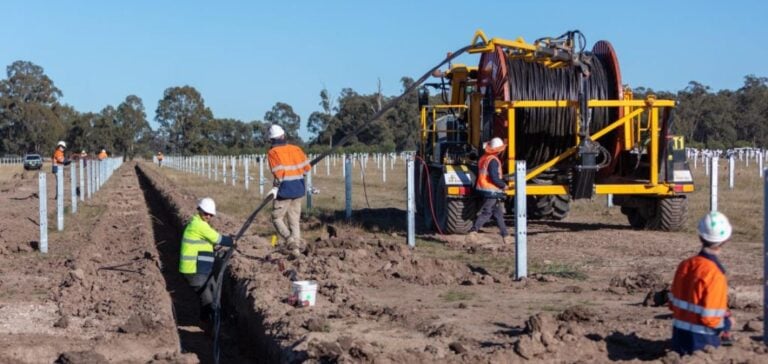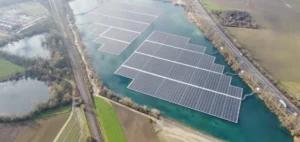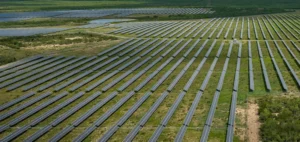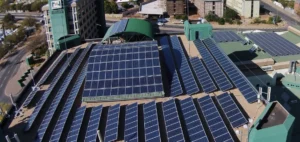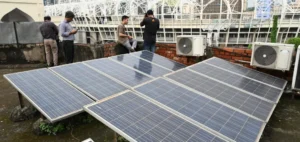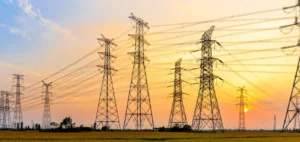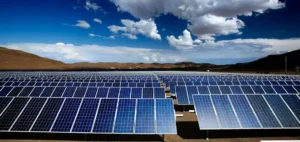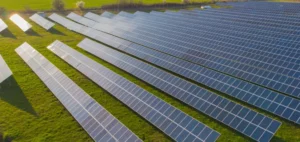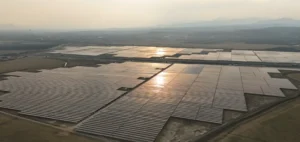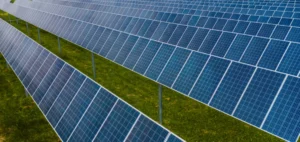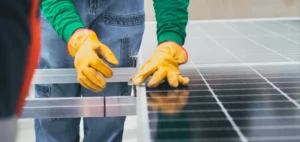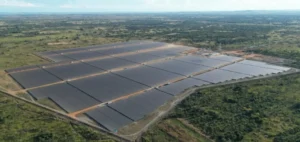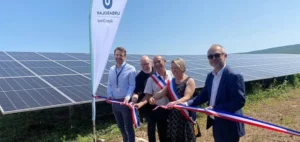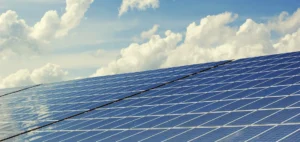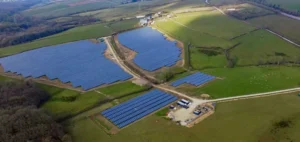Renewable energy producer Neoen and independent power supplier SmartestEnergy have signed a power purchase agreement (PPA) for half the output of the Culcairn Solar Farm currently under construction in New South Wales (NSW), Australia.
The four-year agreement will start in 2026.
It responds to increased demand from industrial and commercial companies for green energy sources.
The Culcairn Solar Farm, with a capacity of 440 MWp (350 MW AC), is located in the Riverina region of the Wiradjuri territory.
Once operational, the facility will provide enough electricity to power around 160,000 homes.
The project, wholly owned and developed by Neoen, is the second largest in the company’s global portfolio, after the 460 MWp Western Downs Green Power Hub in Queensland.
The stakes of the agreement for SmartestEnergy
SmartestEnergy, which already supplies electricity to several major companies in the NEM (National Energy Market), is using this agreement to strengthen its renewable energy offering.
Growing corporate demand for electricity from renewable sources is driving players like SmartestEnergy to secure stable, sustainable supplies.
The PPA with Neoen enables SmartestEnergy to expand its portfolio while meeting its customers’ expectations in terms of environmental responsibility, an increasingly central aspect of energy procurement strategies.
Regulatory framework and incentives
The project also benefits from a Long-Term Energy Services Agreement (LTESA) via Australian Energy Market Operator (AEMO) Services tenders, in line with the NSW Government’s Energy Roadmap.
This framework offers generators stability by enabling them to sell electricity at a minimum fixed price, thereby reducing their exposure to market fluctuations.
This is crucial in the context of New South Wales’ energy transition, which is seeing a rapid increase in installed renewable capacity, supported by government incentives to replace ageing coal-fired power stations with more sustainable alternatives.
Economic and social impact of the project
Construction of the Culcairn Solar Farm currently employs around 300 workers on site, a number that is set to rise to 400 as the project progresses.
This construction phase is generating significant economic benefits for the Riverina region, notably through job creation and support for local businesses.
Once in operation, the site will require seven permanent employees to keep it running.
At the same time, Neoen has set up a benefit-sharing program with the local community, totaling AUD 10 million over the life of the project.
This program aims to support local initiatives, thereby promoting acceptance of the project by the population and contributing to the improvement of local infrastructures.
Outlook for the Australian energy market
The development of large-scale solar infrastructures such as the Culcairn Solar Farm reflects the current dynamics of the Australian energy market, characterized by a rapid transition to renewable sources.
Diversifying electricity supply sources and securing long-term contracts, such as the PPA between Neoen and SmartestEnergy, have become key strategies for meeting emissions reduction targets and ensuring the resilience of the electricity grid.
This project is part of a wider trend of rapid growth in renewable capacity in Australia, supported by favorable regulatory frameworks and growing demand from large corporations seeking to minimize their environmental impact while stabilizing their energy costs.

